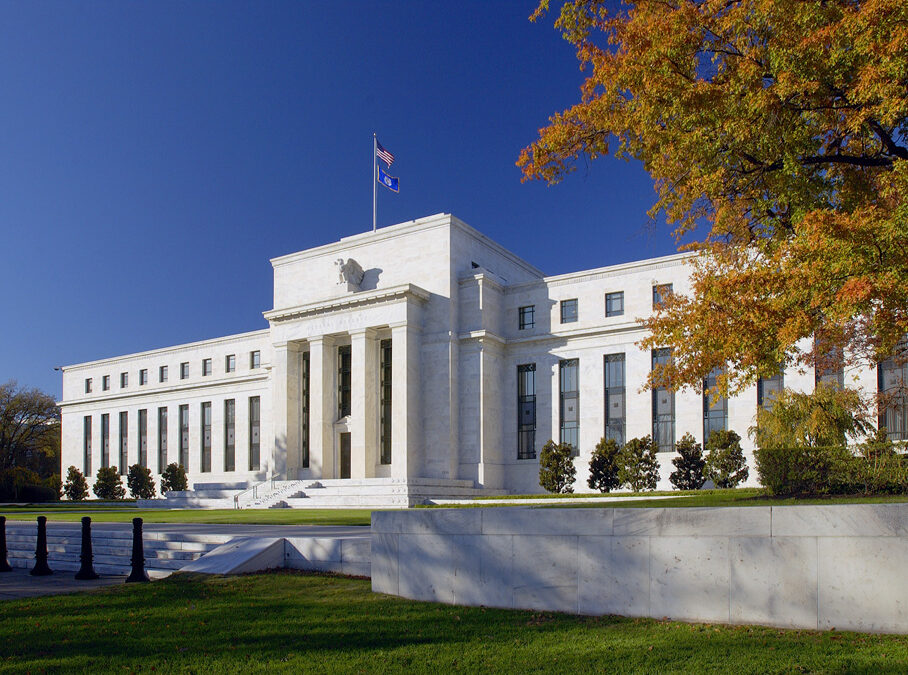Rate Cuts and Real Estate: What the Fed’s Move Means for North Houston’s Commercial Market
By Robert Fiederlein, Vice President, Planning & Infrastructure
To no one’s surprise, the Federal Reserve cut its policy rate on Sept. 18. However, what caught many observers off guard was the size of the cut – a significant 50 basis points, reducing the Federal funds target rate from 5.25-5.5% down to 4.75-5.0%. The Fed also released projections for key economic indicators, including the future Federal funds rate. By the end of 2024, the median projection is 4.4%, and it’s expected to drop further to 3.4% by the end of 2025, settling at 2.9% in the long term.
But what does this mean for the real estate market, specifically the commercial sector?

Source: CoStar, February 2024
Let’s start with residential real estate. As of Sept. 19, the 30-year fixed mortgage rate, reported by Freddie Mac, dropped to 6.09%, down from 7.19% a year ago. This decline followed the drop in the 10-year Treasury rate and has already sparked renewed interest in the housing market. According to the Mortgage Bankers Association, mortgage applications are ticking up, indicating a thaw in the residential market. This is good news for the broader economy and, by extension, the commercial real estate market. When homebuyers purchase new or existing homes, they often need appliances, furniture, and other essentials, driving demand for logistics, retail, and other commercial spaces.
In commercial real estate, one of the primary inputs is the cost of capital, which is often tied to the 10-year Treasury bond rate. As the Federal Reserve continues to cut short-term rates, it’s expected to push down yields across the entire Treasury curve, including the critical 10-year rate. By the end of 2024, experts forecast the 10-year yield will fall within the 2.5-3.5% range. With typical bank spreads, this means real estate loans could settle at rates between 4.5-5.5%, levels not seen since before the Great Recession. Lower capital costs should result in increased deal flow in the commercial sector, which has already begun recovering in Houston, according to CoStar data. Deal flow hit its lowest point in 2023 and has been slowly rising in 2024, though it remains below normal levels.
An area to watch is the multi-family market, which often leads the way in real estate deal flow. The coming months will be telling as lower rates and improved deal flow may provide the sector with a much-needed boost.
However, the outlook for the office market is far less optimistic. As one analyst put it, “The office market’s problems aren’t cyclical, they’re systemic.” Major activity centers and downtowns continue to face historically high vacancy rates, and even reduced capital costs won’t provide much relief. Unfortunately, this segment of commercial real estate appears to be in for a long, tough road ahead.
Questions? Connect with us.
Robert Fiederlein
Vice President Planning and Infrastructure
Direct: 281-874-2132
Mobile: 713-816-5413
rfiederlein@www.northhouston.org

